Photonics Technology - Brighter, Smaller, Stronger: Better
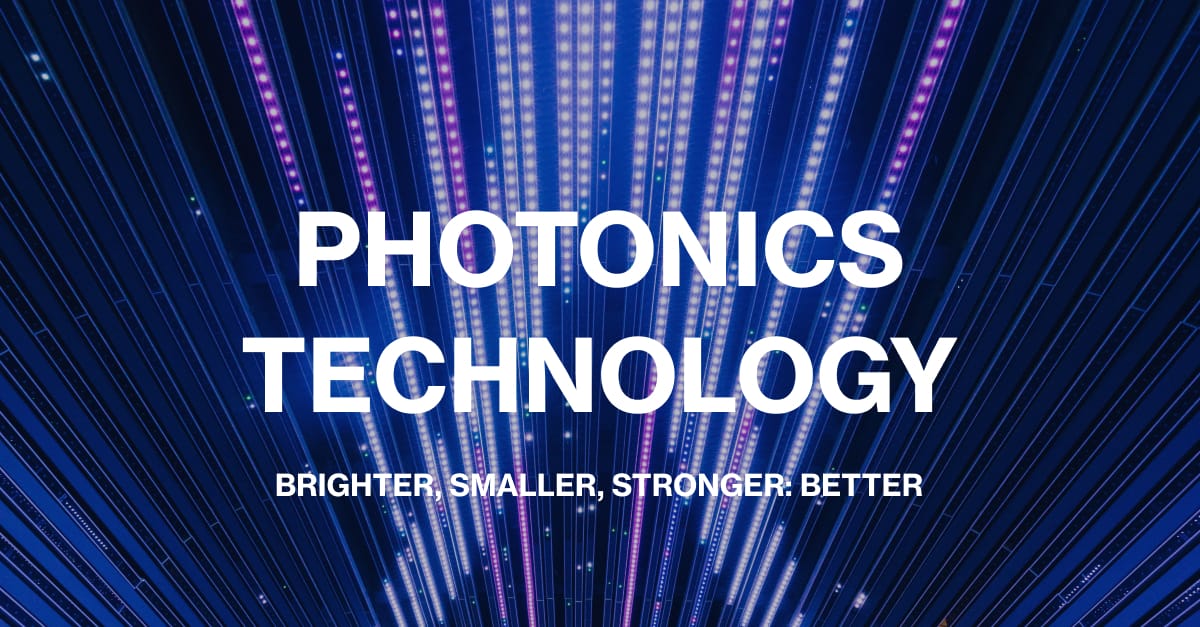
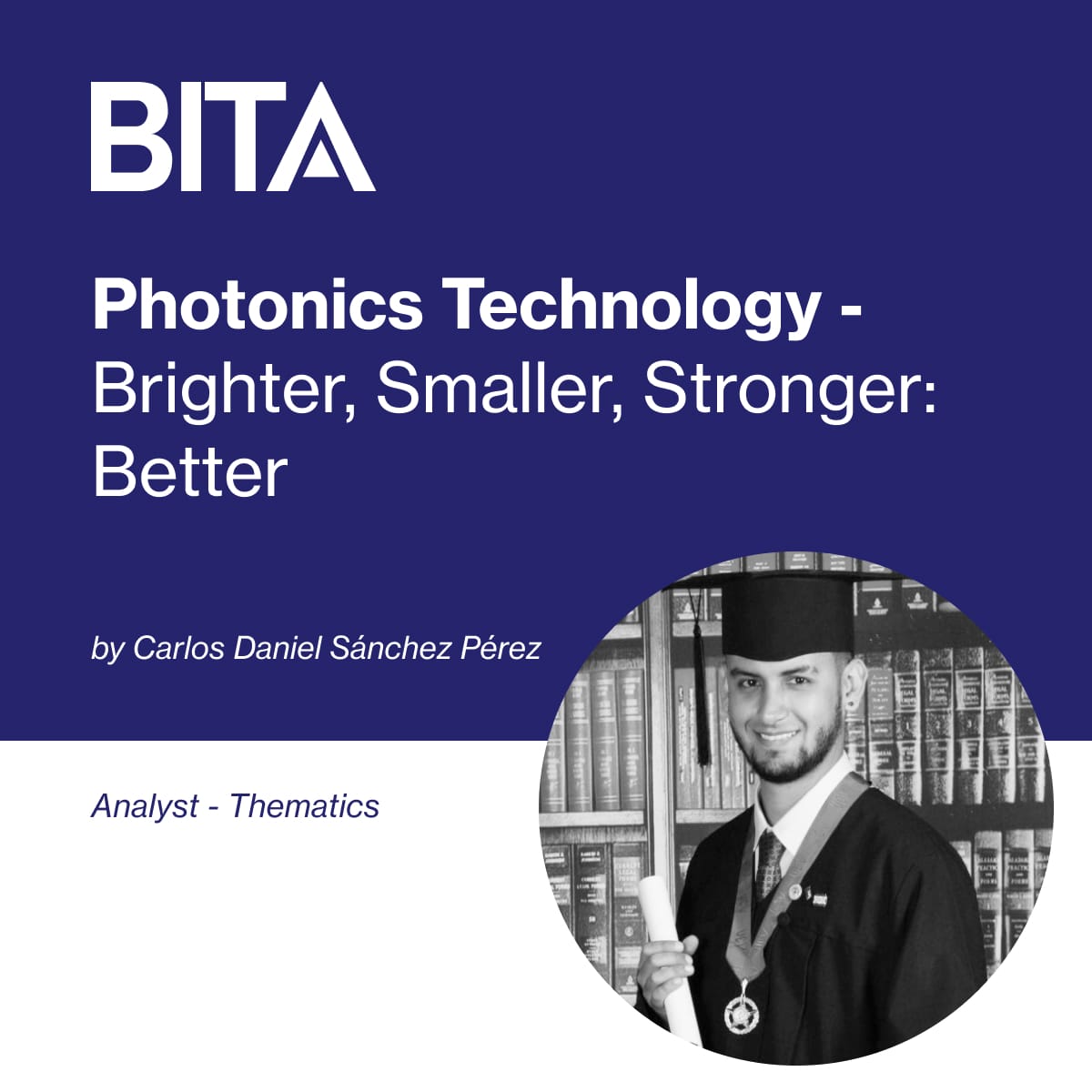
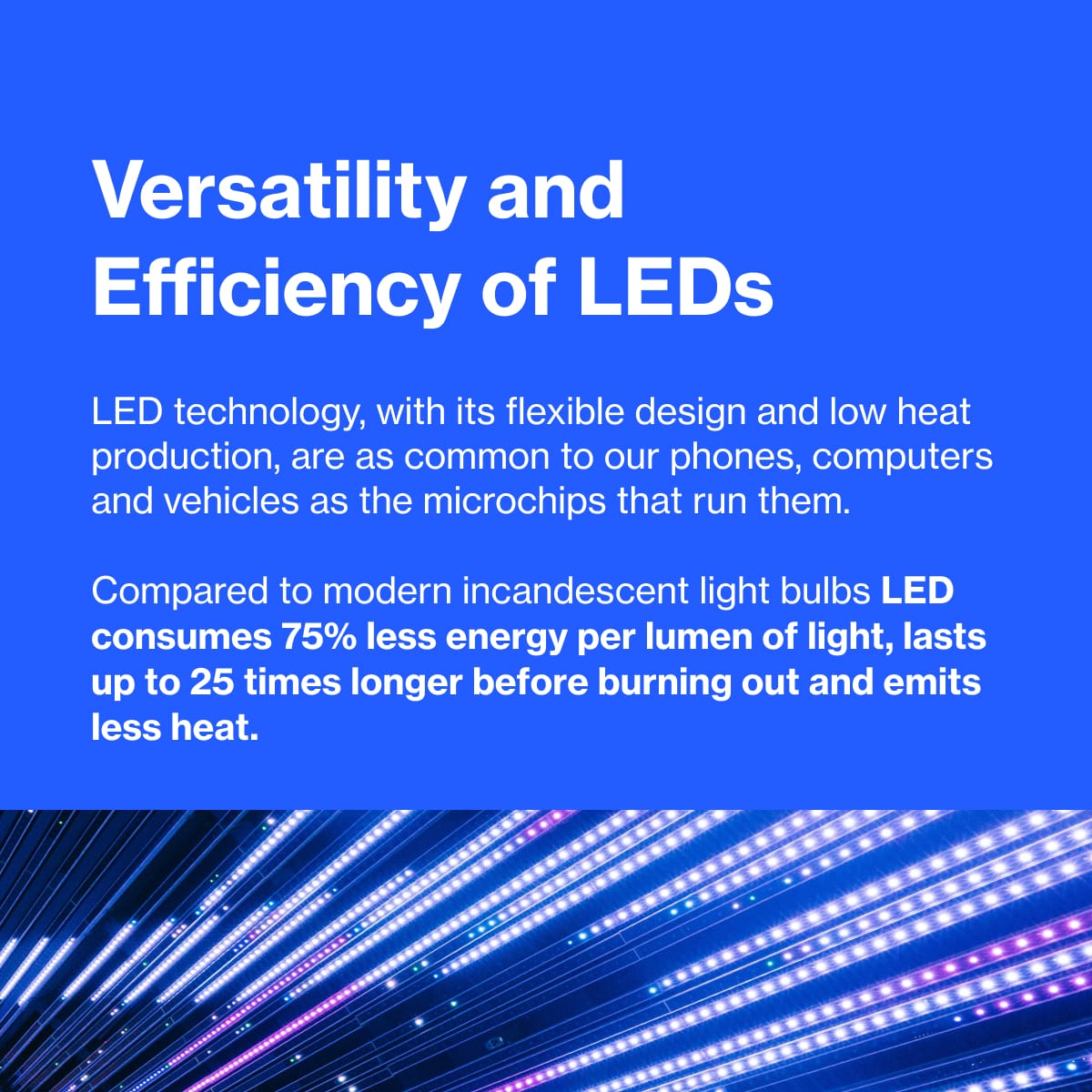
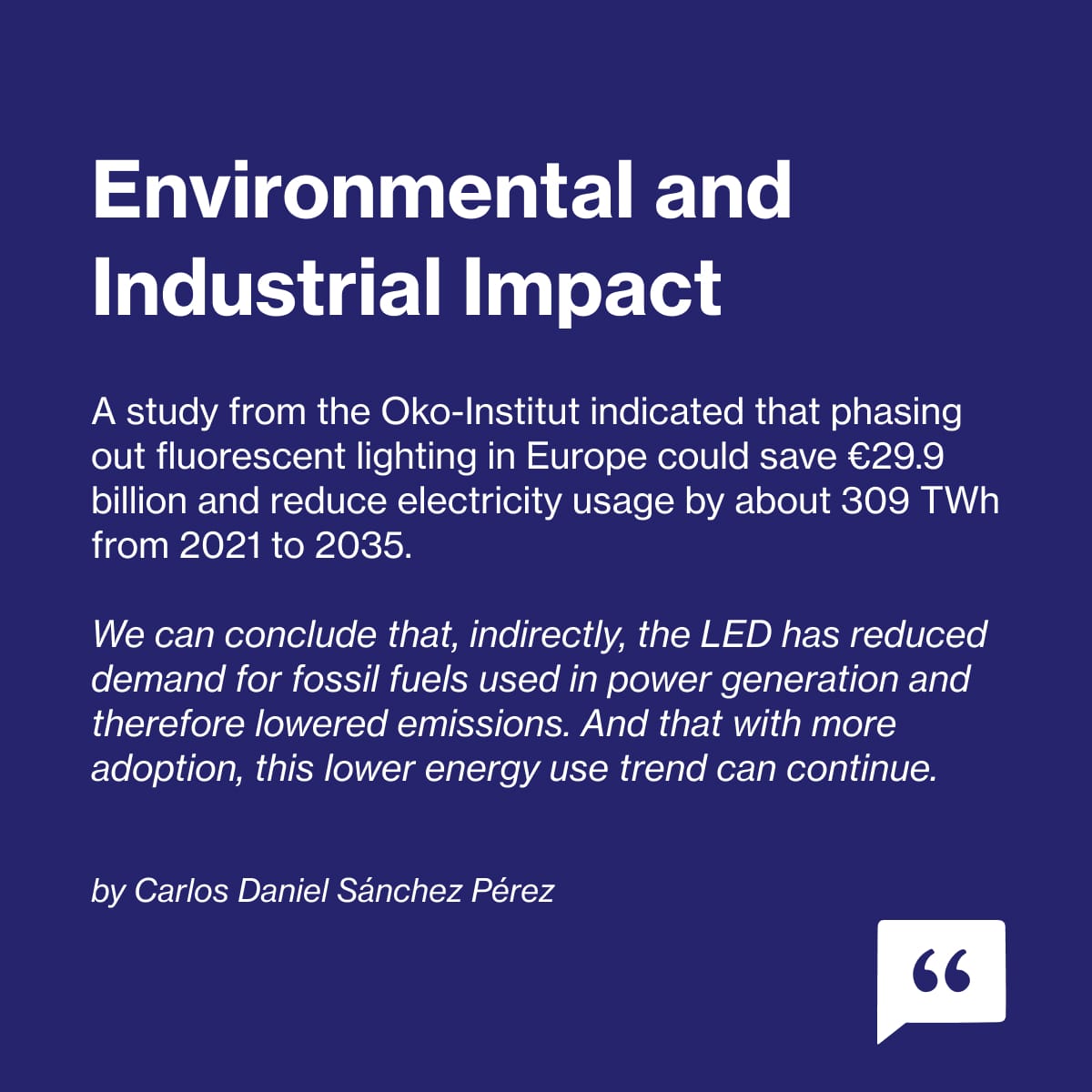
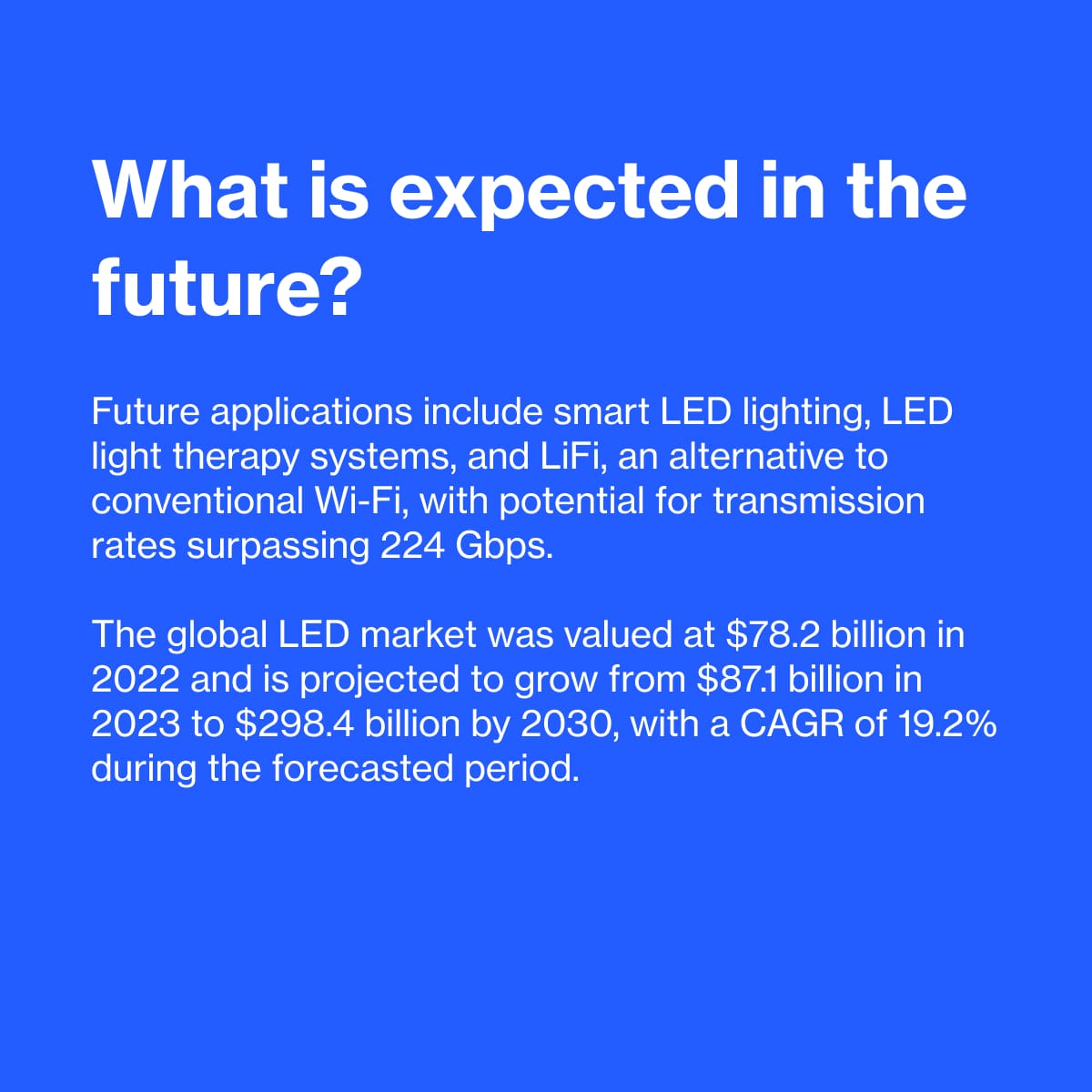
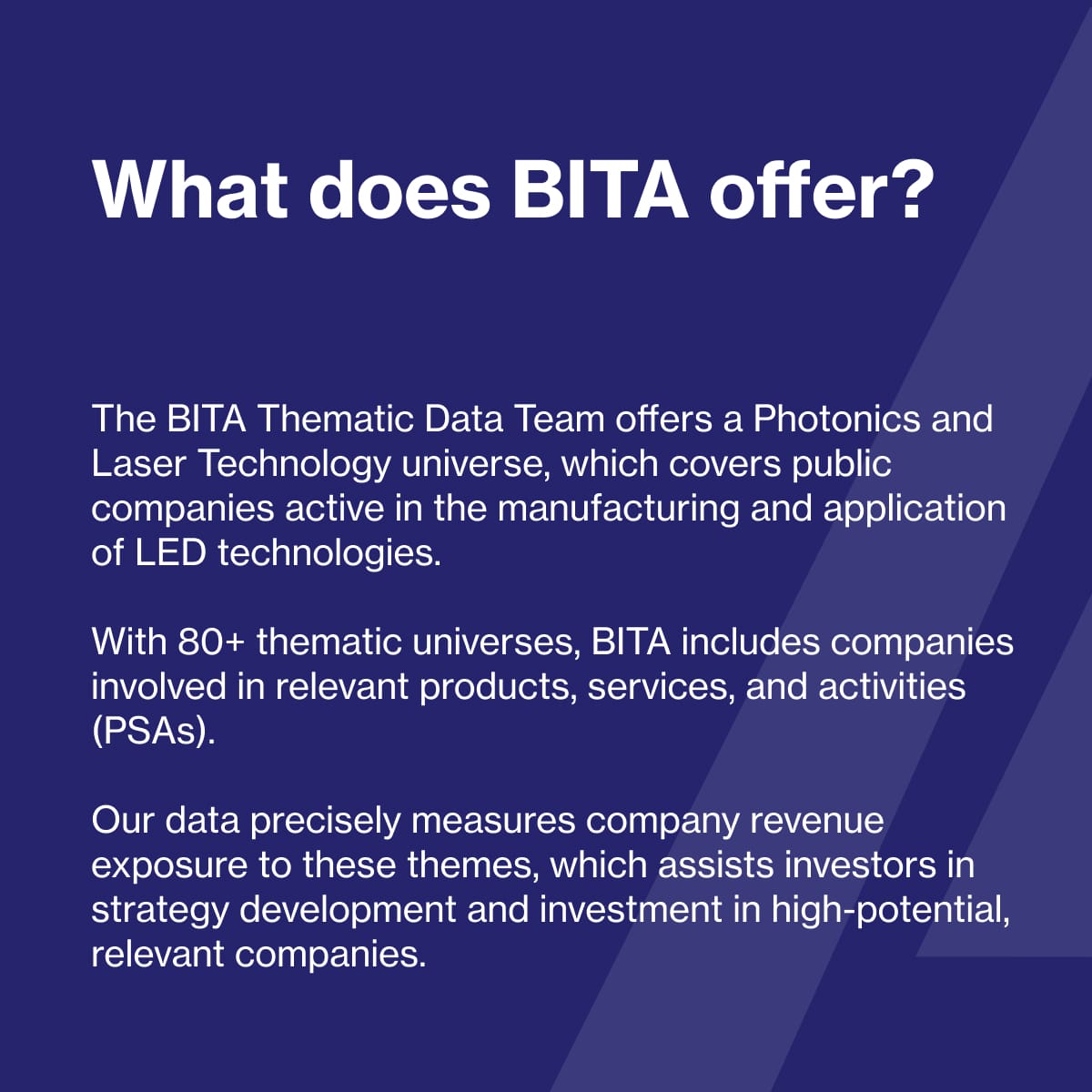

The Light-Emitting Diode (LED) is a revolutionary yet overlooked invention not only used in lighting our homes but also found in almost all the electronic devices produced today. LED is a type of semiconductor that emits light when current flows through it. And its relevance across multiple industries has unlocked important technological breakthroughs.
LED technology, with its flexible design and low heat production, is as common to our phones, computers and vehicles as the microchips that run them. The advantages of LED technology compared to conventional, or incandescent, lighting is quite significant, making LEDs the most reliable technology in the market. Compared to modern incandescent light bulbs LEDs consume 75% less energy per lumen of light, last up to 25 times longer before burning out and emit less heat.
LED technology has not only transformed industries but also contributed significantly to energy conservation and environmental sustainability. A study by the Öko-Institut, an expert consultancy in Germany, calculated that a fluorescent phase-out in Europe would reduce energy spend by €29.9 billion and reduce use by an estimated 309 TWh of electricity in Europe over the period 2021-2035. This amount is equivalent to the output of seven large coal-fired power plants for 15 years. We can conclude that, indirectly, the LED has reduced demand for fossil fuels used in power generation and therefore lowered emissions. And that with more adoption, this lower energy use trend can continue.
Additional benefits reinforce LED as the best choice. Conventional light bulbs and fluorescent lights lose almost 90% and 80%, respectively, of their energy to heat which in addition to energy loss, renders them a much higher fire hazard than LED lights. LEDs have a lower fire hazard in all dimensions - misuse, malfunction and improper installation being the most common hazards of incandescent lights. In addition, LEDs are made up of less harmful components; incandescent and fluorescent lights are made with inert gases that can be toxic to humans and the environment.
LED technology has been integrated into a wide variety of devices for extensive use in different industries, from sterilization, endoscopes and surgical lights in the medical field to the lights in cars, trucks, boats and planes in the transportation field. Their use in diverse areas is possible due to their small size, low heat, durability and low energy consumption. These aspects make them ideal for electronics. LEDs enabled the game-changing invention of the touch screen, while almost all devices that require a screen - touch screen and otherwise - have LED or OLED technology: phones, tablets, smartwatches, laptops and TVs. Organic LED (OLED) is thinner, lighter and more flexible than LED, and more ideal for display screens.
What is expected from this technology in the future?
LED continues to advance; the technology has yet to reach its full potential. In the short term, micro-LEDs are the next big leap. This cutting-edge LED technology will enhance the creation of flexible displays and challenge the current high-end OLED displays since they also are brighter and more durable.
Other applications with potential are continued advancements and adoption of IoT LEDs: smart LED lighting, such as intelligent LED bulbs and devices like Amazon's Alexa, giving users more control over their environment. LED light therapy systems, whose primary application is treating skin conditions. And LiFi, an alternative to conventional Wi-Fi, enabling wireless connections up to 100 times faster through swift light pulses from LED light bulbs, with the potential of transmission rates surpassing 224 Gbps.
The global LED market was valued at $78.2 billion in 2022, and it is projected to grow from $87.1 billion in 2023 to $298.4 billion by 2030, with a CAGR of 19.2% during the forecasted period.

BITA’s Offering
In BITA’s Photonics and Laser Technology universe, BITA’s Thematic Data Team provides comprehensive coverage of public companies active in the manufacturing and application of LED technologies. As with each of BITA’s 80+ themes and sub-sectors, included companies are active in one or more of the products, services and activities relating to the theme. Our data accurately measures revenue exposure of a company to the theme with full granularity and transparency, helping investors create strategies and invest in companies with high relevance and growing potential in the theme.
Bibliography:
Clean Light Coalition. (n.d.). cleanlightingcoalition.org. Retrieved from https://cleanlightingcoalition.org/benefits/economics/
Cleveland Clinic. (n.d.). my.clevelandclinic.org. Retrieved from https://my.clevelandclinic.org/health/treatments/22146-led-light-therapy
Department of Energy. (n.d.). U.S Department of Energy. Retrieved from https://www.energy.gov/energysaver/led-lighting
Department of Toxic Substances Control. (n.d.). DTSC. Retrieved from https://dtsc.ca.gov/universalwaste/restrictions-on-the-use-of-certain-hazardous-substances-in-general-purpose-lights/#:~:text=Existing%20lighting%20choices%20for%20consumers,bulbs%20and%20tubes%20contain%20mercury.
Fortune Business Insights. (n.d.). www.fortunebusinessinsights.com. Retrieved from https://www.fortunebusinessinsights.com/led-lighting-market-106832
Indiana University of Pennsylvania. (n.d.). IUP. Retrieved from https://www.iup.edu/energymanagement/howto/led-lighting-benefits.html
LED-Professional. (n.d.). led-professional.com. Retrieved from https://www.led-professional.com/resources-1/articles/integrating-lighting-in-the-internet-of-things
LiFi.co. (n.d.). LiFi.co. Retrieved from https://lifi.co/what-is-lifi/
MicroLED-info. (n.d.). https://www.microled-info.com/. Retrieved from https://www.microled-info.com/introduction
National Fire Protection Association. (n.d.). U.S NFPA. Retrieved from https://www.nfpa.org/: https://www.nfpa.org/-/media/Files/News-and-Research/Fire-statistics-and-reports/US-Fire-Problem/Fire-causes/osHomeElectricalFires.pdf
[1] Fortune Business Insights

